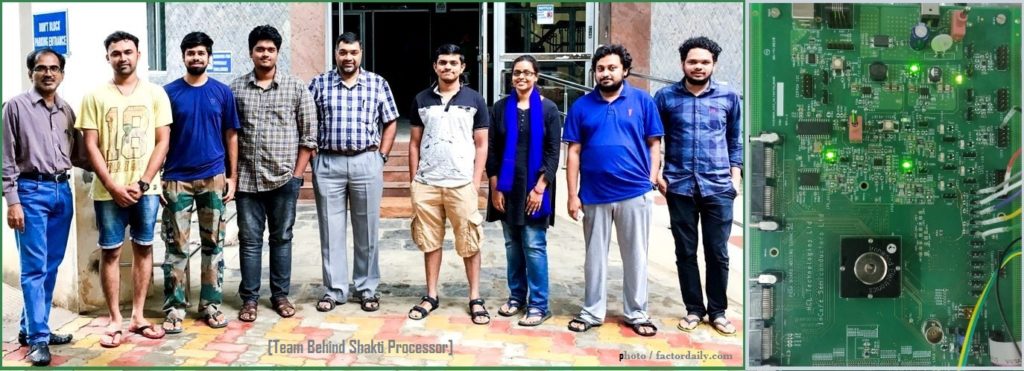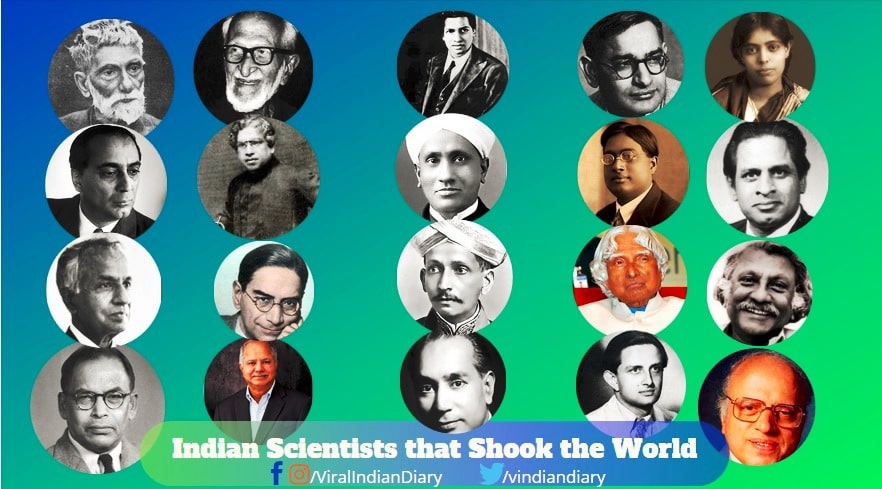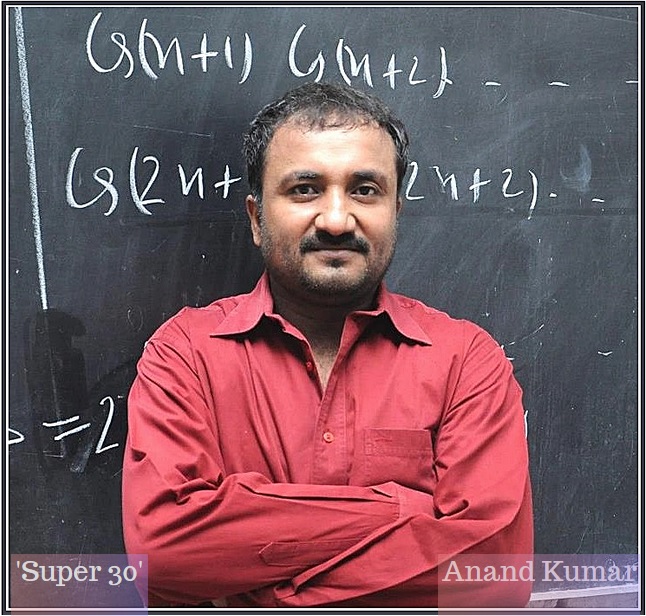IIT Madras’ team of scientists and engineers hit the news all over the world recently when they successfully booted up the INDIA’s first indigenously built microprocessor– Shakti.
The institute describes ‘Shakti’ to be an open-source initiative by the RISE group homed in the institute itself.
The project was started in 2014 as an academic initiative aimed at making processor development eco-systems that can provide enough ammunition to the community to build and develop custom and industrial grade processors without the hassles or restrictions of NDAs, royalties, licensing, etc.
The new processor is less vulnerable to systems infected with back doors and hardware Trojans and also safe to be adopted by the nuclear power plants, defense groups as well as government agencies. It also has low power modes ideal for IoT gadgets and wireless networking systems. (source indiatimes)
Shakti – The First Indian Chip Used To Boot a LINUX :
In an RISC-V workshop in Chennai, India, Shakti was used by the team to boot a Linux. It isn’t outclassing raspberry Pi performance though, clocking at 400 MHz/ D MIPS|MHz-1.67 for now, being a test chip taped out on Intels ‘ 22nm FinFET technology. (source weebly Full Afterburner)
“These are the kind of chips that India always wanted, but could not make. Now, computer scientists and a student team from the IIT-Madras have developed the first of a family of six industry-standard microprocessors.
The initial batch of 300 chips, named RISECREEK and produced under Project Shakti, have been fabricated free at Intel’s facility at Oregon, U.S., to run the Linux operating system.
The IIT team says it’s microprocessors can be adapted by others , as the design is open source. They optimise power use and compete with international units such as the Cortex A5 from Advanced RISC Machines(ARM).” as told by NDTV.
Spent an amazing day with @kasanovic . @risc_v FTW ✌️ pic.twitter.com/LtsGzVZeb4
— ShaktiProcessors (@ShaktiProcessor) August 28, 2018
The IIT designed chip was measured in terms of the DMIPS per megahertz rating and scored 1.68 while the A5 scored a 1.57. RISECREEK can also meet the demands of NAVIC(Indian Regional Navigation Satellite) and IoT(Internet of Things) electronics.
Kamakoti Veezhinathan, Professor of Computer Science and one of the leaders of the project says,” Our process helps us develop the processor three times sooner than industry standards.”
More on The Incredible Team Behind Shakti – The Desi Microprocessor Chip
The team behind ‘Shakti Processor ‘ consists of a group of about eight students and three computer scientists. It is led by Dr. Neel Gala, an alumnus of IIT- Madras himself, who expressed his extreme excitement on the team’s success in developing an industry grade processor that can also come in use for future work in semiconductors.
Madhusudhan, a team member and the Project Coordinator says “The Shakti project is not aimed at only building processors. It also aims to build high speed interconnects for servers and supercomputers based on variants of the RapidilO and GenZ standards. These are key to build large clusters of processors to get Petaflop and Exaflop level supercomputers.”
The team behind Shakti used BlueSpec System Verilog language to capture the front-end design.
The bluespecc compiler can generate a cycle-accurate C model, which in simulation is 8-10x faster than the state of the art verilog simulators.
Moreover, the BSV generated verilog is quite well structured and easily maintained. It is 100% synthesizable enabling the users to start prototyping on FPGAs from day-1 itself. It also prevents design errors like type errors etc. from occurring.
Ecosytem components of the Processor ‘Shakti’:
For different sections of the market, Shakti envisions a family of processors catering to each. These are classified as the –base processors, multi core processors and experimental processor.
- Base processors– These are classified into the E Class, C Class and the I Class. The E Class is the embedded class processor built around 3-stage in-order core and is aimed atlow power and low compute applications.
The C Class is a controller class of processors aimed at midrange application workloads and it’s core is highly optimized.
The I Class is performance oriented and has features like multi-threading, out of order execution, aggressive branch prediction,non-blocking caches, and deep pipeline stages.
- Multi-core processors– These are classified into the M class, H Class, and S Class. The S Class supports a maximum core count of 32 and is aimed at Enterprise and Workstation server workloads.
The M Class is a mobile class processor and has a maximum of 8 cores, the cores are a combination of C and I class cores, i.e. of the base processors.
It usually uses a core complex of 2 or 4 cores that requires an L2 cache. L3 caches, though are optional and expected to be used only in the desktop type applications.
The H Class is known to use optional L4 caches and an optimized memory hierarchy. These cores are a combination of C or I class processors.
- Experimental processors– These include the variants of base class processors and are generally experimental in nature.
It includes the T class and the F class. The T Class processors are a variant of the C class and these explore the tag based ISAs for object level security.
It aims at supporting both the coarse and fine grain tags and coarse grain tags are to be used to realize micro-VM like functionality.
The F class processors are the fault tolerant versions of the base processors with features like redundant compute blocks( like DMR and TMR), temporal redundancy modules , lock step core configurations and fault localization circuits, redundant bus fabrics and ECC for critical memory blocks.
They are also major parts of the ASIL-D solutions and autonomous vehicle compute blocks.
First silicon success on the first tapeout!! Linux boots on Shakti processor, India's first @risc_v based silicon chip! pic.twitter.com/YymWZpq7ab
— ShaktiProcessors (@ShaktiProcessor) July 26, 2018
What the Team Behind Shakti says?
The team behind Shakti says that they will also develop reference SoCs for each class of processors and these will serve as the exemplars for that family of processors. The primary focus of the team, however, is architecture research.
These SoCs are aimed to be released in competition to their counterparts released in the market in areas of power and performance.
Extensive works are also going on along with partners to develop a base VLSI flow ( front and back end) for a large part of the ecosystem. (source shakti.org.in)
Mr. Madhusudhan, the project coordinator also says that he is quite confident of starting a new trend that will help India grow leaps and bounds in areas related to design and CPU architects.
He says,” I have no idea how successful we will be, and I frankly do not care. What we will achieve ( and have to some extent already ) is – create a critical mass of CPU architects in India- create a concept to fab eco-system in India for designing any class of CPUs- add a good dose of practical CPU design know- how into the engineering curriculum- become one of the top 5 CPU arch labs around.”(via fossbytes.com)






